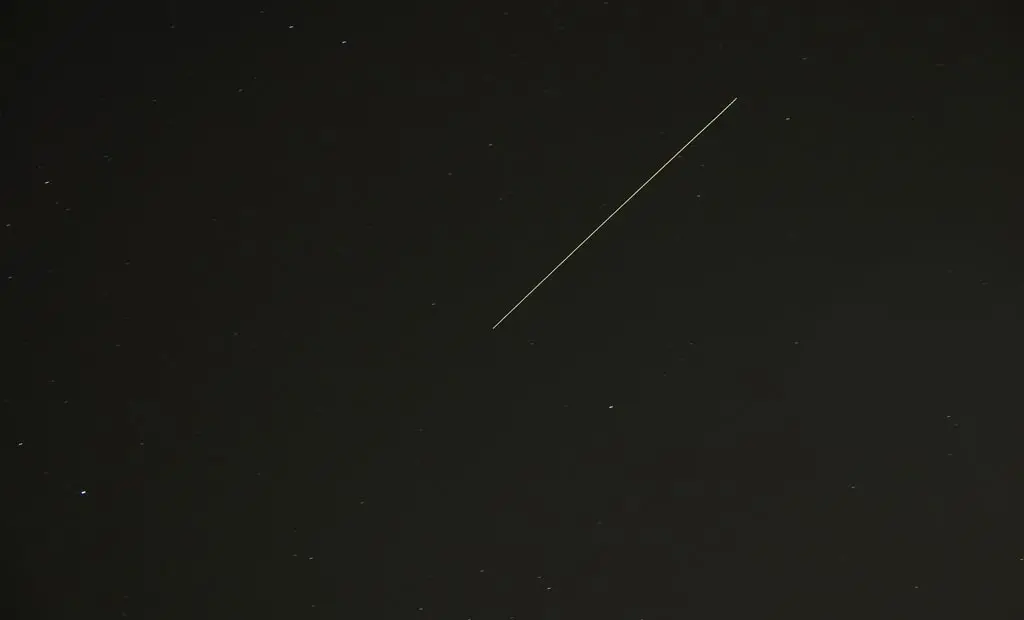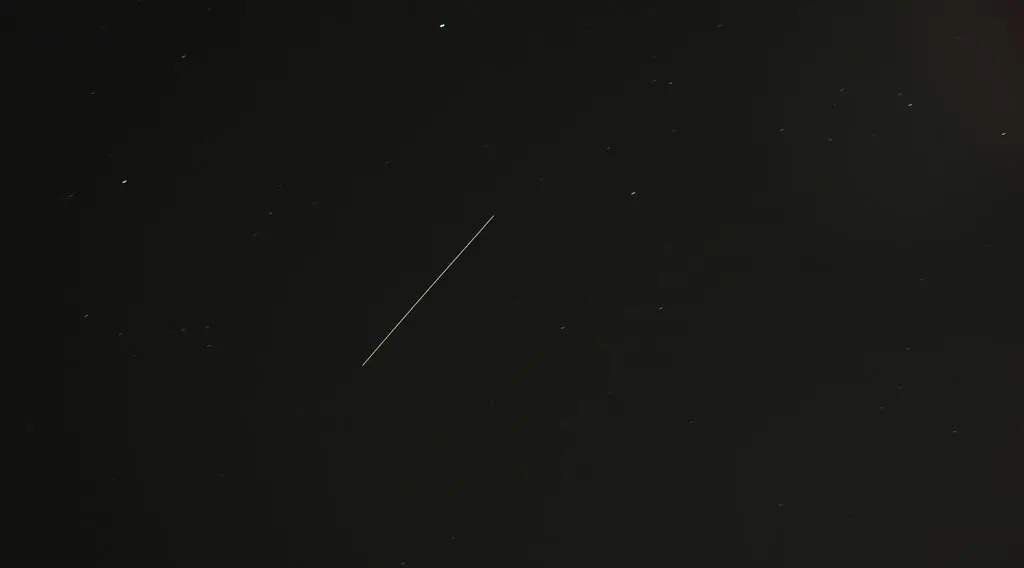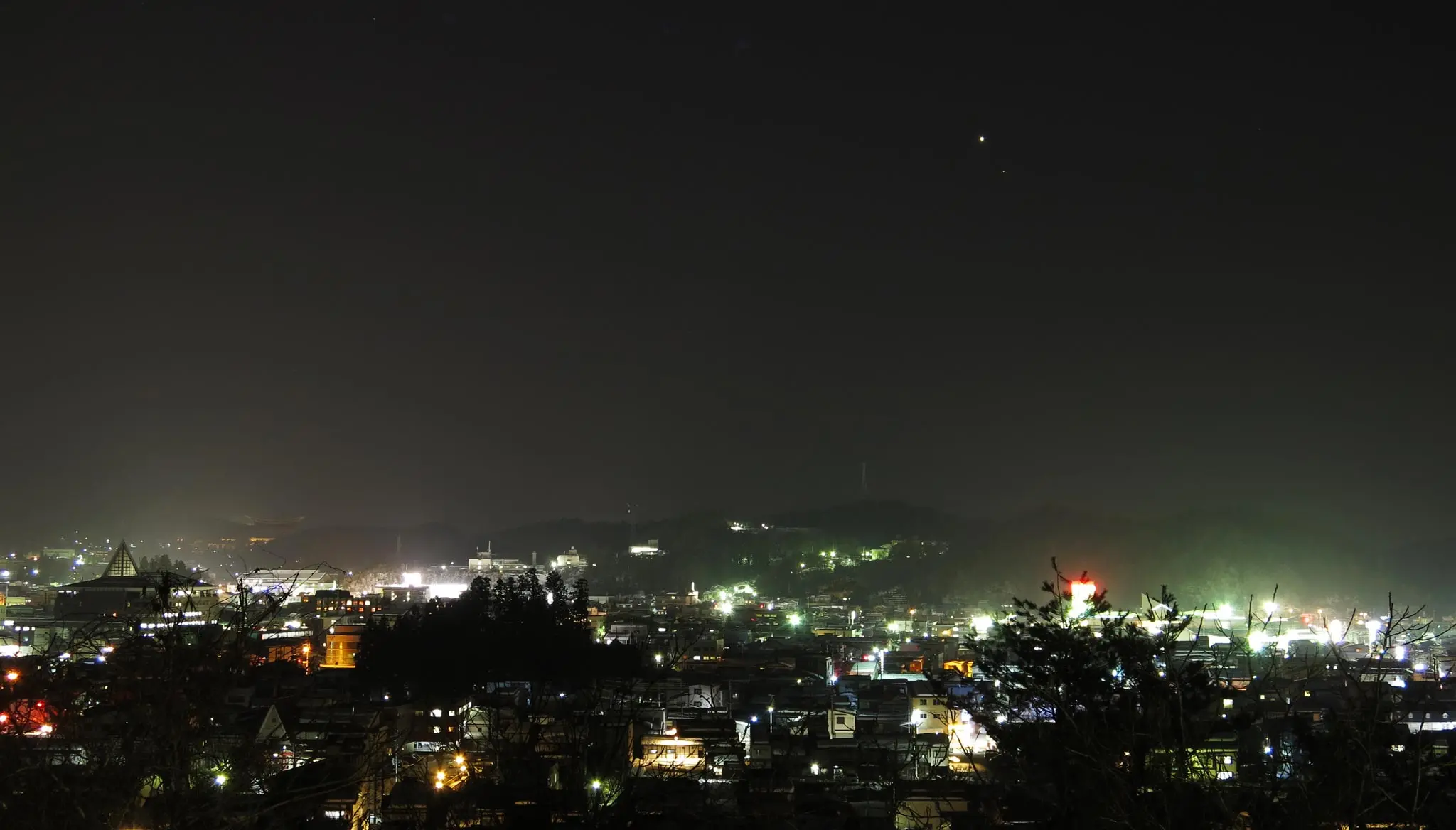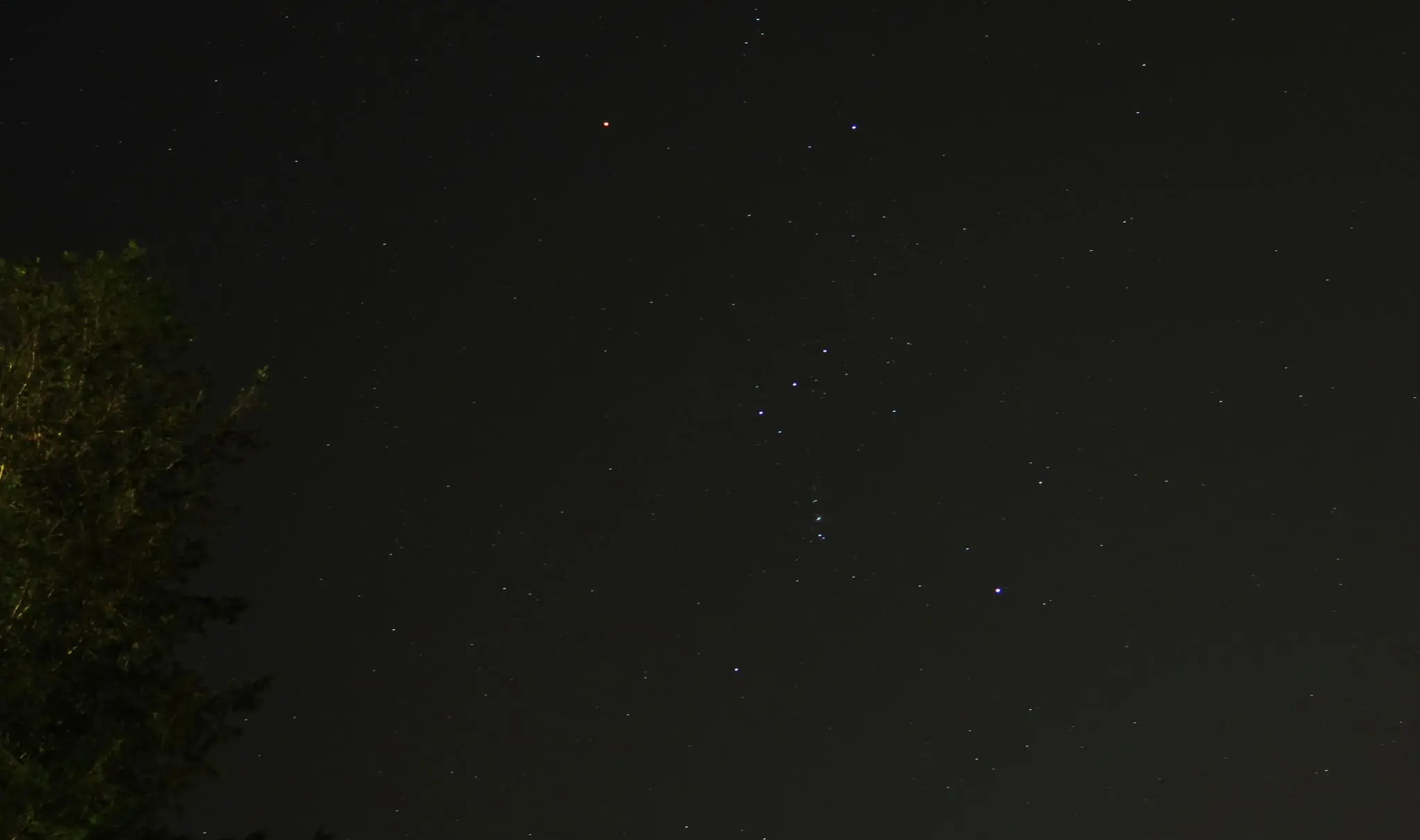Lately, there have been so many beautiful sunsets in Takayama. The clouds, fog, and snow stop mid-afternoon, and sky opens wide to allow the sun to say goodbye for the day. The other night, I noticed some rather bright objects in the sky. Usually, if you have to see a "star" that is WAY brighter than most, it's actually a planet. And it definitely was.
I was witnessing an uncommon event where our view of both Venus and Mars were coming close to each other, and eventually Venus would overlap Mars, blocking it from view. In addition, our view of the Moon also comes close to cross paths with the two planets and almost overlaps their view. This was last Friday night. I wish I would've been setup for it.
Tonight was the first clear night since then, so I went to the top of Kita-yama around 6:45pm, nearly 2 hours after sunset to take some photos. Something else celestial was happening at that time.
At exactly 6:45pm, the ISS came into view in the Northwest sky. It raced across the sky. Then it set in the South. Ever since the eclipse last year, I signed up for NASA's Spot the Station service. Here's the link: http://spotthestation.nasa.gov/
Spot the Station was send you an email in the morning if the International Space Station happens to fly over head the coming night. Just enter your email and location, and you're good for a year. It's incredibly accurate. It will tell you the exact date it will come into range, which direction in the night sky to look, and how long it will be visible. Here's the email I got today:
Time: Tue Feb 24 6:45 PM, Visible: 5 min, Max Height: 55 degrees, Appears: WNW, Disappears: SSE
The station appears as a white dot in the sky and moves and a steady pace. It makes no sound, and no visible trail. You might think it was an airplane, but it's just a single light, and it's not blinking. And then it disappears over some trees. Gone.
Luna is completely visible in the sky, too, illuminating nearly everything. It is currently waxing, so we can expect a full moon in the next week and a half.

And with that full moon, we'll be able to see Jupiter very nearby.
Behind the sun, and the moon, Venus is the third most brightest object in our night sky. And, as mentioned before, this month, Mars is not all that far away.
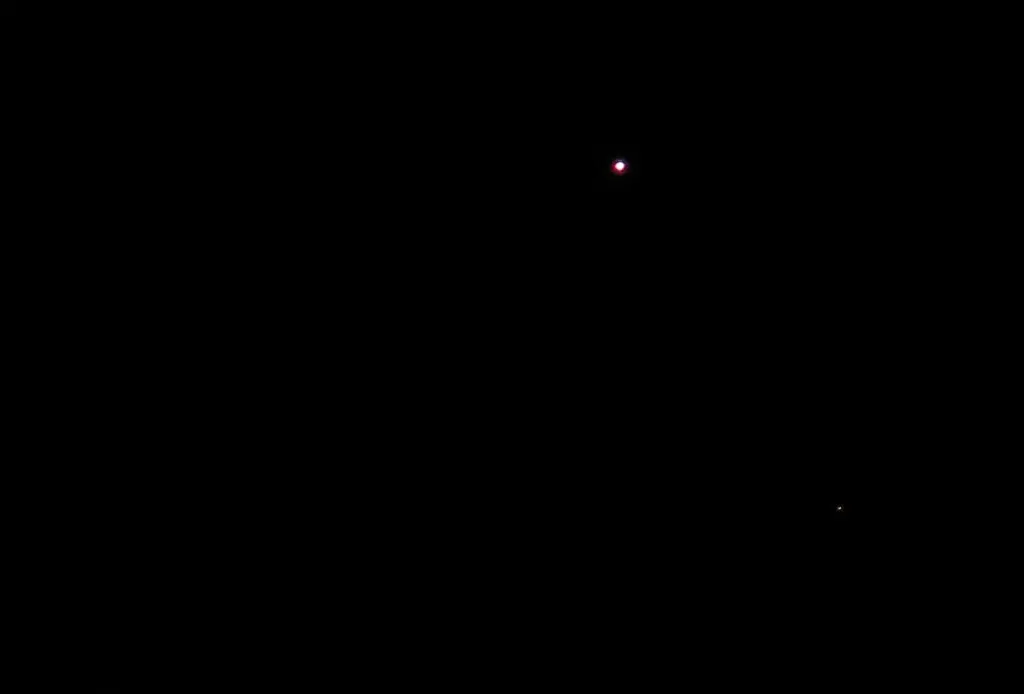
Mars was MUCH brighter last week, but as the Earth continues to pull away, Mars will continue to dim until we can no longer see it. These two planets are just above the western horizon. There are visible until several hours after sunset when they too set along the horizon.
You can see them hanging in the sky above Takayama from Kita-yama.
I am terrible at remembering constellations, but there is one I will always remember, and always recognize in the sky: Orion.
Man, I can't even accurately recognize the Big Dipper and Small Dipper anymore. I used to know all that stuff when I was a kid.
Anyway, apparently February 2015 was rather special as we can and could view 5 of our 8 planets throughout the month. Saturn already went by. Mercury can be viewed in the morning from the southern hemisphere. Venus and Mars are visible now. And next week, Jupiter can be seen near the moon.
The following blog post was super informative for learning about all these events happening this month. :) Thank you Earth Sky.
http://earthsky.org/astronomy-essentials/visible-planets-tonight-mars-jupiter-venus-saturn-mercury
